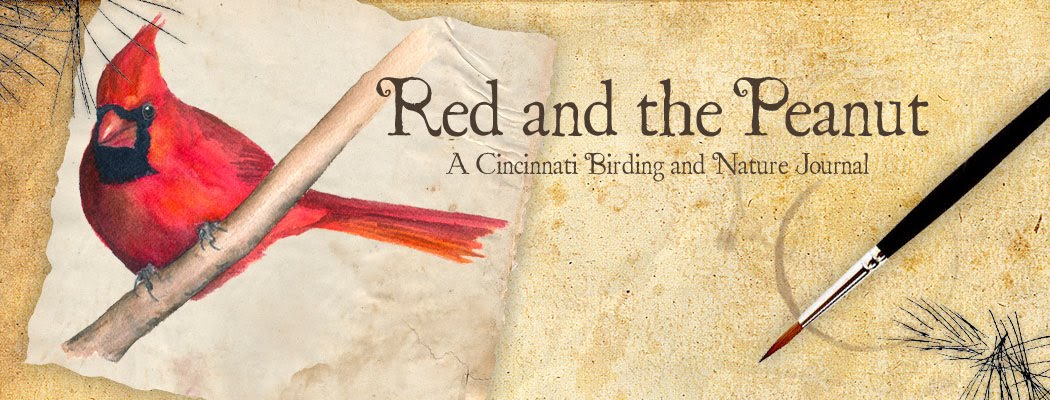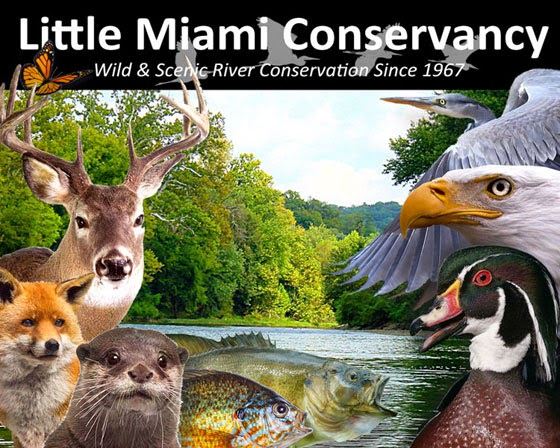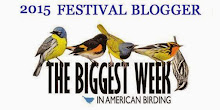As I’ve been watching our hummers over the past couple of weeks, I’ve wondered what produces that amazing flash of iridescence in their feathers. In school we learned blue birds don’t have blue pigment in their feathers. Instead, they have structural components that reflect and refract light to produce the blue color (structural color), so I assumed it might have something to do with that, but hummingbirds flash iridescent green, blue, yellow and red when the light hits them just right, so what’s up? I found a lot of info explaining the phenomenon from highly scientific studies to overly simple explanations, so opted for the middle road. Iridescence comes from a combination of pigment and structure. In hummingbirds, melanin granules (dark pigment) stack up in the barbules of each feather. The granules are called platelets, and each is filled with microscopic air bubbles that become tiny reflectors. Light reflects and refracts as it passes through these stacks. The color you see is determined by the angle of your eye as you view the feathers. So unlike pigment, structural color can change. That is why the beautiful ruby-red throat or emerald-green back of a hummingbird can look almost black when the sun isn’t striking it or you’re not looking at the feathers at the right angle.

You can tell the sun is not hitting the top of this
hummer's head or maybe the angle isn't right
because here it looks dark, but in other photos of
the same bird, it flashes brilliant yellow. The ends
of the wings however, lack structural color as I've
never seen iridescence shown in them. They
are always dark, indicating a lot of melanin.

I love the flash of green and yellow shown here.
If you look on her back and on the top of her head,
there is no iridescence--either from lack of
light or the wrong angle, so it looks dark.

Flashes of iridescence among the shadows. It
doesn't even look like the same bird in the first photo.
Beak Bit
In addition to color, the pigment melanin has another use in feathers...it makes them stronger. A clip from Cornell's “All about Birds” Website describes the strengthening characteristics of melanin best:
"Feathers that contain melanin are stronger and more resistant to wear than feathers without melanin. Feathers without any pigmentation are the weakest of all. Many otherwise all white birds have black feathers on their wings or black wingtips. These flight feathers are the ones most subject to wear and tear. The melanin causing the tips to appear black also provides extra strength."

It makes sense the wings and tail feathers
of hummers would be black and have a
lot of melanin. They really get a work out!
Although I read a lot of articles about structural color, I used the "National Geographic Reference Atlas to the Birds of North America," edited by Mel Baughman as my main reference, along with Cornell's "All About Birds".










